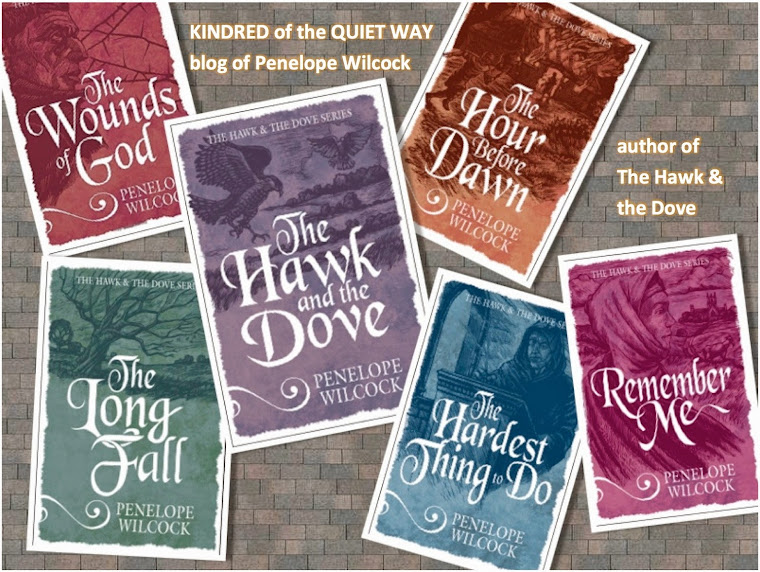Now
then, this Lent de-cluttering challenge – 40 bags in 40 days.
It’s
made me realize how sick of thinking about both numbers and clutter I am. Even
so, let’s press on, because it’s also woken me up to how much extraneous
rubbish I’ve managed to accumulate without even noticing it!
We’ve
begun sorting and sifting in our house, and confidently expect lots more stuff
to surface as Lent progresses. It isn’t even Ash Wednesday until tomorrow, but
you know how it is – once you start thinking about a thing you get on with it,
so we generated lots of bags straight off. I guess it’s meant to be one bag on
each of the forty days, but hey – too bad; I have better things to do, I’m just
going with the principle, ie get rid of as much as possible while retaining what
I actually need.
So
I thought it would be more interesting, rather than just itemize what I (or
others in our house) chuck out, to consider categories of Stuff – that might
help in future with identifying what needs to go and what should never have
accumulated in the first place.
So
here begins my analysis of what I’ve unearthed so far – there are other bits
and pieces from other members of the household too, but I expect they come into
the same categories.
TRUE
JUNK
So
today’s category is what I call true junk – stuff that just needs throwing
away. No one wants it, it’s no longer useful or it’s broken.
Like
this pile of plastic food trays. I’ve used them for plant pot stands, also for
feeding the fox, but there comes a point when they just have to go. This is
that point. I’ll rinse them off and put them out with for recycling. And that old ripped foil ex-food-tray for fox feeding. Foxy doesn't rip up his food trays, but next door's dog does if he manages to burgle our garden!
Likewise,
these goblets from our food liquidizer. Because most of us use this every day,
we go through them fairly often. We keep the goblets for spares, but we’d
accumulated more than we needed. Also there’s a pan lid where the riveted
handle has broken off. This will go to our council dump, where everything is
sorted for recycling.
Also
this bird feeder, infested with mould and impossible to clean despite many
attempts, rusty, and broken. Dead.
This
brings me to –
PLACES
OF ACCUMULATION
True Junk accumulates in nooks and crannies. Under this garden seat, the wind has
blown scrap cardboard (we can compost it) and a flowerpot.
A gardener might
want that – we put out old flower pots in stacks at the mouth of our garden
path, chalking on the wall that anyone can take them – and they do! We also do
this with other unwanted things – items of furniture, etc. It all goes.
Here’s
an example of places of accumulation! This was deliberate, actually. We got
this vegetable bed ready for planting last autumn. We put cardboard from mail
order packaging, and the bags from the bought part of the compost (some was our
own) on top to stop the weeds until we were ready to plant. Now we are, we can
compost the cardboard and the bags can be recycled The watering cans and plant pots, bricks and stones etc were all holding down the cardboard so the wind didn't blow it away. They aren't junk of any kind.
Well,
I expect that’s enough reading for now or you’ll die of thirst or boredom or
something.
To
be continued . . .










